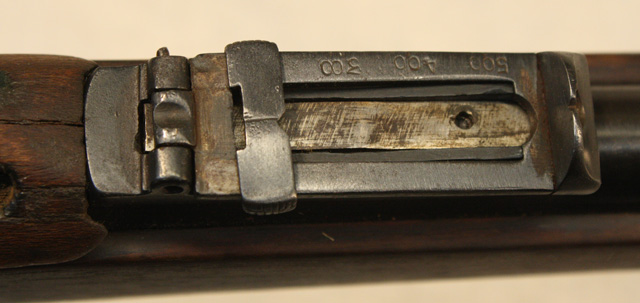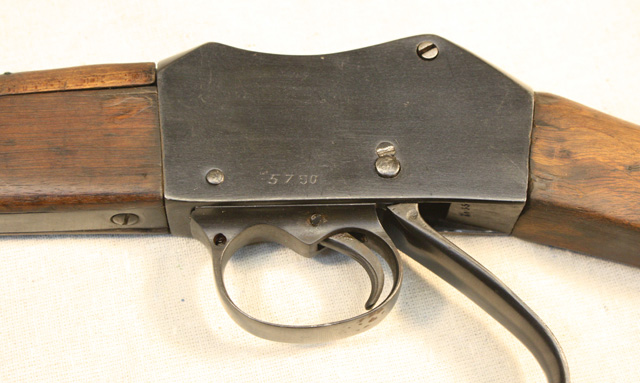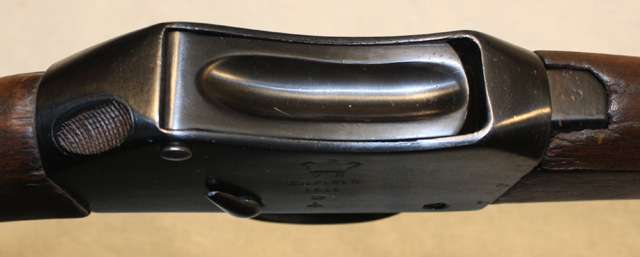The Khyber pass region between Afghanistan and Pakistan is the home to some real gun enthusiasts. These artisans (if they can be called that) can take a railroad rail, some old wood and scrap and with a motley collection of files, broken hammers and old vises can turn out something they can shoot at their neighbors or foreign invaders.

Those foreign invaders invariably included the British Army. During the Great Game of the nineteenth century (where international politics and intrigue ruled the world's stage) Afghanistan became a British counter to Russian interests. Since there were so many British guns about, a brisk trade arose among the locals for counterfeit firearms.

They would go for the original ones if they could. However, Great Britain never did go in for sharing, and after the Sepoy Mutiny in India in 1857, never wanted local troops to be on a technological par with their army. So in this vein, the local mujahideen were already used to rifles that didn't work so good. A stolen British firearm was a treasure, and used as the model for local craftsmen to copy.

During the end of the nineteenth century, there were some shops in the Khyber pass that did sport modern machine tools, and these shops turned out some nice guns (sort of). However, the majority were small one room shops with dirt floors, few tools, and clever but uninspired craftsmanship. Lots of these guns are floating around, and can be bought in American gunshows, and as souveneirs at Bagram airbase in Afghanistan.
Shooting these guns is a dicey proposition. There is no way to know the quality of the steel used, or if it is steel at all. And modern ammunition can release some serious pressure. Wall hangers and conversation pieces are their best use.

Some of these guns are dead giveaways. Sometimes it's all the Arabic writing all over the barrel, and sometimes, though clever, they get the dates wrong. I've got a Martini Enfield copy in .303 with Queen Victoria's cypher on it, and the date 1919. Queen Victoria died in 1901, and the dates end there on British guns. However, they are an interesting detour in the study of British guns.


